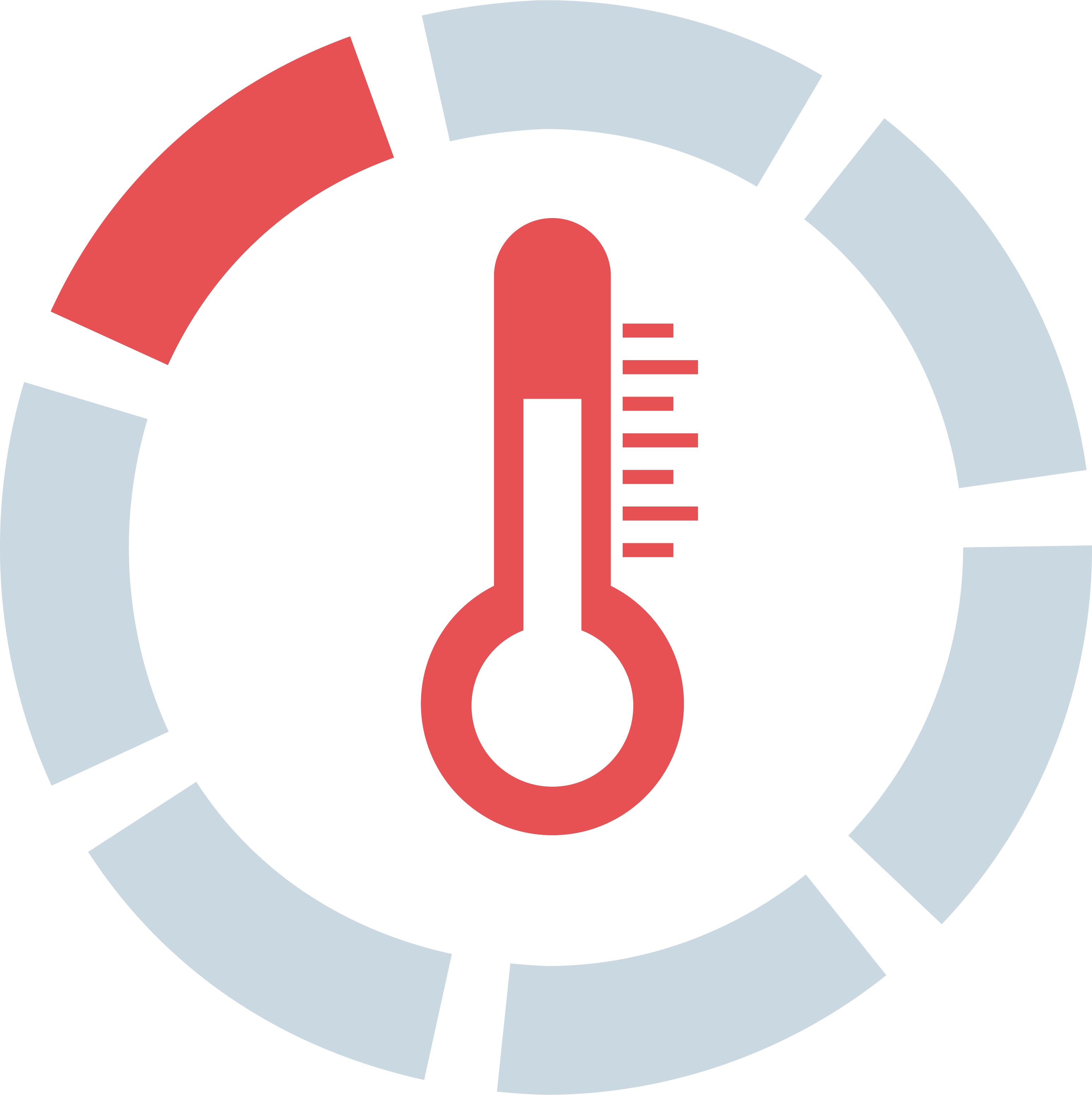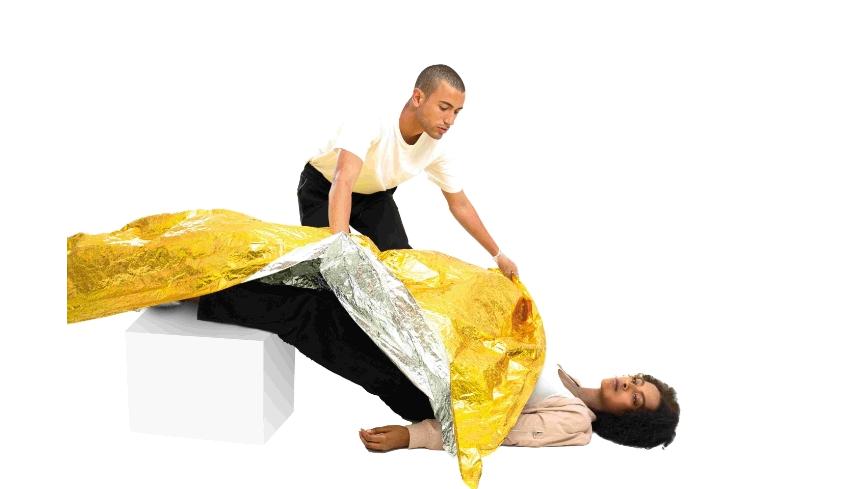
POISONING

Goal of first aid:
Prevent further poisoning and relieve symptoms.

SAFETY FIRST






Personal protection: Are there dangers for you or others - e.g. from gases?
Gloves: Protect yourself and others: put on disposable gloves.
Cause: Is the cause recognizable? Are poison residues visible? Secure them for handover to the emergency services.
Secure the area: Let fresh air in case of gases or toxic fumes.
In case of danger: Secure the danger zone. Do not attempt rescue efforts. Prevent others from attempting rescue efforts.


CONDITION CHECKING





See: Shortness of breath, pale skin, sweat, clouding of consciousness, poison residues.
Hear/Listen: Pain, nausea, vomiting, circumstances of the accident.
Feel: Heavy sweating or clammy skin.



CALLING FOR HELP




Emergency call 112: Make an emergency call.
The 5 W questions:
Where did the accident happen?
What happened?
How many people are affected?
What injuries?
Wait for further questions!
Use speakerphone: Turn on your phone’s speaker to keep your hands free.
Do not hang up: End the call only when the control center tells you to.
Involve bystanders: Have them bring a first aid kit.
Report condition changes: Inform the control center if the person's condition changes.




POSITIONING




Shock position: If the person shows signs of shock such as paleness and clammy skin, elevate their legs.
Elevate upper body: In case of shortness of breath
Comfortable position: If fully conscious, support the person in their preferred position.





WOUND DRESSING


As needed: If injuries are present, dress them accordingly.






COMFORTING

Do not induce vomiting: Support vomiting if it occurs, but do not induce it.
Don't leave: Stay with the person. Your presence and kind, encouraging words can help.
Listen: Listen actively, respond to their fears and worries, and show that you're there for them.







TEMPERATURE MANAGEMENT

Prevent heat loss: Cover the person with an emergency blanket or similar to prevent hypothermia.

